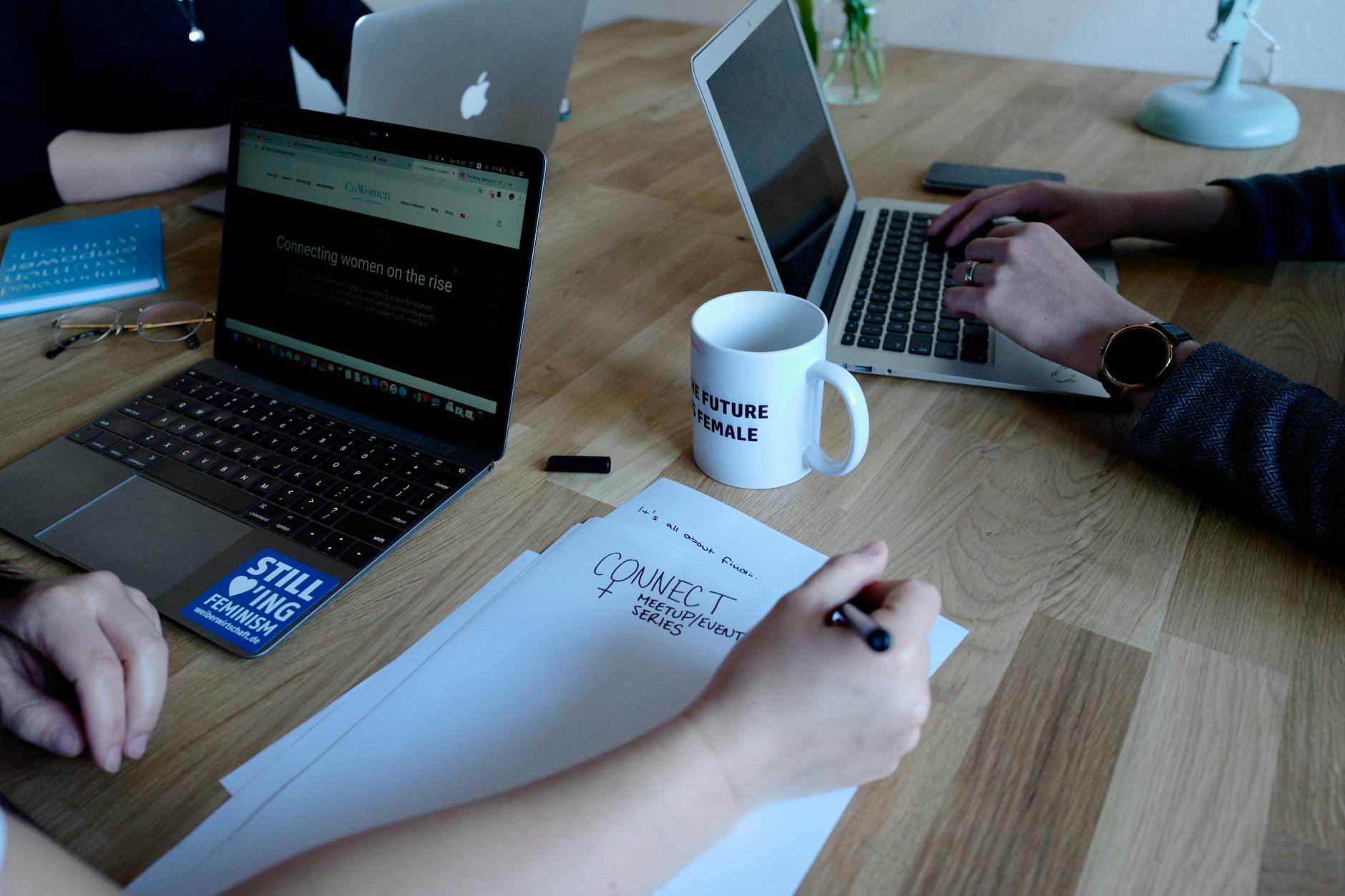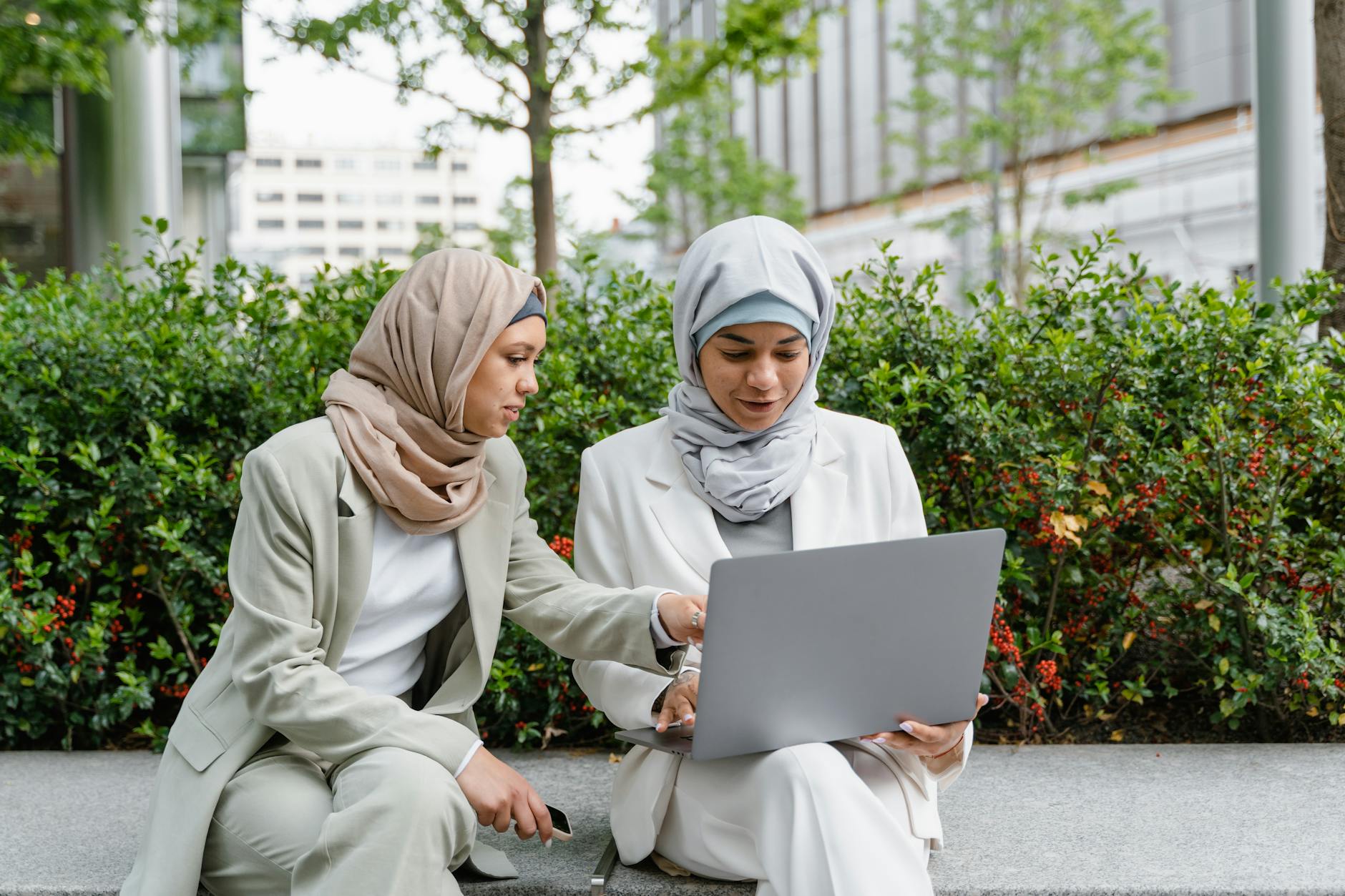How Australia's Schools Are Advancing with Hearing Loops and Other Innovations

Exploring Hearing Loops
As a visionary school principal just outside Sydney, I find that the implementation of broadcast solutions like hearing loops has been pivotal in reshaping how we address auditory challenges faced by students. At professional workshops at UNSW, the innovative spirit of integrating these systems becomes evident. Hearing loops function by transmitting audio signals directly to hearing aids, reducing background noise. They ensure that students can partake in lessons comfortably and without distraction.
How Hearing Loops Work
Hearing loops operate by using a small microphone to capture sounds that are then sent directly to hearing aids through a loop of wire, ensuring speech clarity. This system is invaluable in large settings such as auditoriums, where acoustics might otherwise muddle speech clarity.
Benefits for Student Engagement
Implementing hearing loops enhances student engagement by offering clear sound delivery. They transform auditory experiences, enabling all students to participate equally, thus fostering an inclusive learning environment.
Successful Implementation Stories
Success stories from various schools show a marked improvement in student participation and comprehension. Schools report a significant boost, especially during large events like assemblies, making these data projectors seem archaic in comparison. Witnessing how these integrated audio systems have been embraced in educational research centers, like those at the University of Sydney, underscores their growing importance in education. As educators, the road to empowerment lies in adapting technologies suitable for diverse learning needs, much like how pro audio equipment elevates an event atmosphere.
Other Innovative Technologies
Sound Enhancement Systems
Embracing sound enhancement systems in educational settings is like participating in professional workshops at UNSW—we arm ourselves with cutting-edge tools to elevate the learning atmosphere. These systems are crucial for ensuring every student, regardless of where they sit in a classroom, hears lessons clearly. Imagine a teacher's voice reaching each corner of a room as clearly and effectively as if you were sitting front row at a concert. It's about uplifting the overall learning experience by reducing auditory distractions.
Interactive Whiteboards
Interactive whiteboards have transformed the traditional classroom chalkboard into a dynamic, engaging learning tool. They encourage lively participation from students who may otherwise remain passive. By incorporating touch responses and real-time information access, these boards serve as a catalyst for interactive learning. Facilitating a more engaging classroom experience, these boards stimulate student collaboration and critical thinking skills, much like attending school conferences at the International Convention Centre Sydney, where new ideas emerge from collective engagement.
Virtual Reality Learning Tools
Virtual reality (VR) in education opens new worlds for students beyond the confines of their textbooks. By introducing VR, we can transport students to historical sites or dive deep into scientific phenomena. This immersive approach is akin to exploring guitars and basses firsthand rather than merely reading about them. Although integrating VR tools requires careful planning and thoughtful AV cables setup, the enriched learning possibilities make this challenge worthwhile for educators aiming to provide an innovative and inclusive education.
Improving Accessibility
Supporting Hearing-Impaired Students
As a visionary school principal operating on the outskirts of Sydney, I've seen firsthand the transformative power of technology in supporting students with hearing impairments. Utilizing devices like hearing loops and modern musical equipment has been instrumental in fostering an inclusive learning atmosphere. These tools not only enhance the ability of hearing-impaired students to engage with the curriculum but also contribute to their overall confidence in a classroom setting. Such innovations align with insights drawn from the University of Sydney's educational research centres, which continuously highlight the importance of adaptive technologies in education.
Creating Inclusive Environments
Creating an inclusive environment involves more than just integrating devices; it's about adopting a comprehensive strategy that includes staff training and curriculum adaptation. Effective use of systems, such as the antenna tracking system, ensures that all students can participate fully without technological barriers. By integrating these into daily classroom activities, we can address different learning needs, supporting both auditory and kinaesthetic learners. Professional workshops at UNSW offer valuable resources on best practices for such implementations.
Policy Developments for Accessibility
Adapting to emerging educational policies is crucial to stay ahead in accessibility standards. Schools must not only focus on the immediate benefits but also prepare for future legislations that require compliance with accessibility frameworks. Participation in school conferences at the International Convention Centre Sydney provides educators and administrators with the latest policy updates and strategies for effective implementation. Emphasising accessibility is not just a regulatory requirement but an ethical commitment to every student's right to education.
Collaborations and Partnerships
Engaging with Tech Providers
In the vibrant realm of educational innovation, forming strong partnerships with tech providers remains crucial. For schools in Sydney and beyond, leveraging locally-based tech solutions can drive digital transformation and streamline the learning experience. Whether selecting monitors for video conferencing to facilitate virtual lessons or exploring integrated paging systems for seamless communication across campuses, collaboration with the right tech experts is key. Consider engaging companies renowned for their innovative solutions and practical implementation strategies. By participating in ongoing discussions at professional workshops at UNSW, educators can stay informed about emerging technologies and evaluate their potential impact on the classroom.
Education Sector Collaborations
Aligning with various educational research centers like those at the University of Sydney can help schools conduct trials of new technologies and methodologies before fully integrating them into the curriculum. These collaborations not only provide access to cutting-edge resources but also foster a community of practice among educators, empowering them to share insights and learn from each other's experiences. Collaborative efforts ensure that the technologies adopted are not only innovative but also sustainable and scalable.
Community Involvement Programs
Building a network that includes community stakeholders enriches the developmental process of educational initiatives. Hosting school conferences at venues such as the International Convention Centre Sydney allows for broader community input and the sharing of best practices in educational technology implementation. These events can bridge the gap between schools and their communities, fostering a shared commitment to advancing education through technology.
Overcoming Challenges in School Innovations
Addressing Technical Barriers
Educators on the frontier of adopting technologies like flight delay prediction in our school systems often encounter technical barriers. It is crucial to partner with seasoned tech providers who have a proven track record of success. The University of Sydney's educational research centers have shown that strategic collaborations with these organisations empower our schools to navigate these hurdles efficiently. From ensuring hearing loops' compatibility to troubleshooting interactive whiteboards, the right partnerships lead to success.
Training and Staff Adaptation
As educators, embracing innovative tools means we must cultivate an environment of continuous learning among staff. Attending professional workshops at UNSW can provide teachers with hands-on experience and practical knowledge to ease the transition. Workshops designed around the specific needs of schools, such as incorporating sound enhancement systems, support staff development. School leaders should invest in regular training to adapt seamlessly to the evolving educational landscape.
Balancing Tradition with Change
In our quest to integrate cutting-edge innovations like car loan pre approval into the classroom, maintaining the essence of traditional teaching methods is vital. School conferences at the International Convention Centre Sydney often highlight case studies where institutions successfully blend new technologies with established practices. By doing so, we encourage a harmonious coexistence of new and old methodologies that not only preserves educational integrity but also fosters an atmosphere of excitement and curiosity.
Together, these strategies empower us to navigate the intricate challenges of modernization, ensuring that we bring about meaningful change in our schools.


